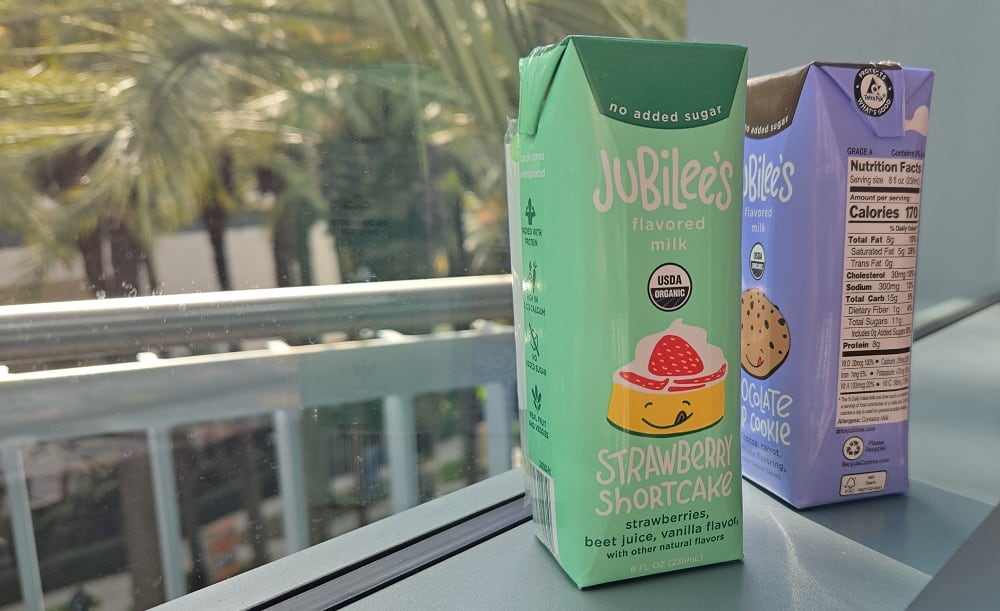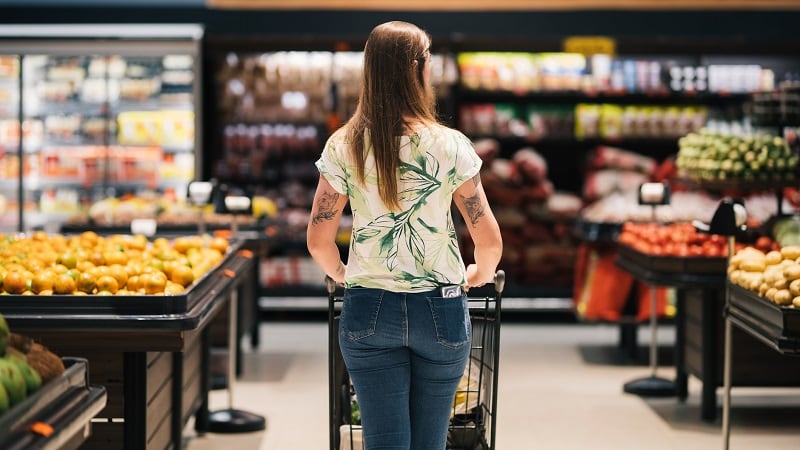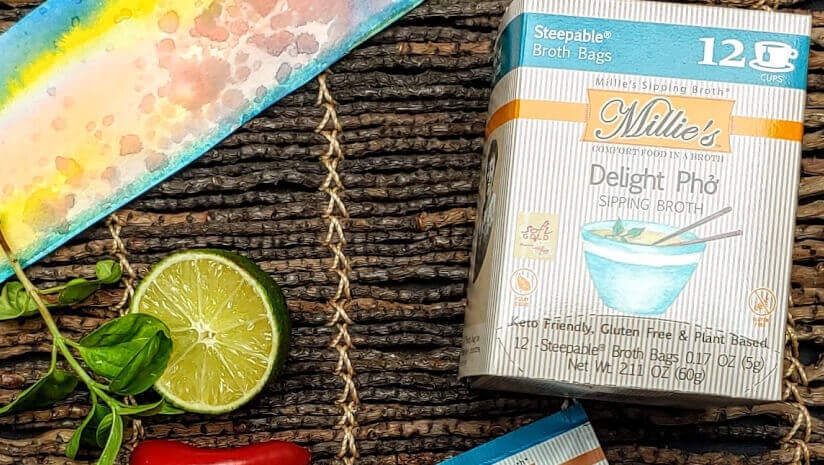James Beard Award-winning chef Marco Canora launched Brodo Broth Company in 2014 as a strategic response to a 65% rent hike at his New York City restaurant Hearth, turning a takeout “broth window” into a CPG brand that defied conventional manufacturing methods as the chef intended to “reinvent broth in the commercialized CPG space,” he said.
‘There are so many tradeoffs that happen’
Sipping broth’s popularity coinciding with health trends, including the paleo diet in 2014, drove Canora to explore commercial broth production made with quality ingredients. Yet, he quickly learned that “commercialized food is not made the way I make food. There are so may tradeoffs that happen.”
One of these “tradeoffs” is that products are “baked” into existing operating models that prioritize efficiency over quality, he said.
When Canora approached his first co-packer a decade ago, he emphasized the “many hours” of cooking bones and vegetables, which was met with resistance.
“He basically showed me the door,” Canora added.
According to Canora, packaged broth is made only a few ways, either purchasing a frozen block of concentrated broth and shaving it with an ice shaver that is dissolved in water before packaging, or buying the broth in paste form and “turning it into your own” with additional seasonings.
Yet, Canora insisted on his artisanal approach of cooking broth, which was still “a long, hard, expensive road,” and Brodo’s Broth achieved commercial production “the way I make it in my basement and my restaurant,” he said.
With persistence, a proof of concept displayed by the broth window, the restaurant’s national acclaim, and his book ‘Brodo: A Broth Book in 2015,’ Canora landed a co-packer that aligned with his vision of developing a broth.
Transitioning from retail to CPG
Brodo started out with five retail stores in New York City before the COVID-19 pandemic “slapped us in the face,” and the brand transitioned into a direct-to-consumer model and an Amazon presence, Canora explained. However, the insights Canora learned from the shops helped him shape the brand’s flavor lineup.
Turning to a direct-to-consumer model had its challenges. Initially, Brodo started out as a frozen product in a 32-ounce tub, which downsized to 22-ounces and finally an 8-ounce pouch, which was difficult to do as a DTC product, Canora explained.
“It was so hard at DTC to do frozen, but every level you can imagine, like the learnings around packaging and expansion through frozen” and the cost of insulation for shipping, which culminated into its final format of an 8-ounce shelf-stable pouch in six-pack boxes, he said.
“That really unlocked our DTC because now everything was smaller, more durable. They packed out nicer. They were easier for the end user. So, there were so many benefits to getting the pouch that we are in today, and little to no tradeoffs,” Canora said.




